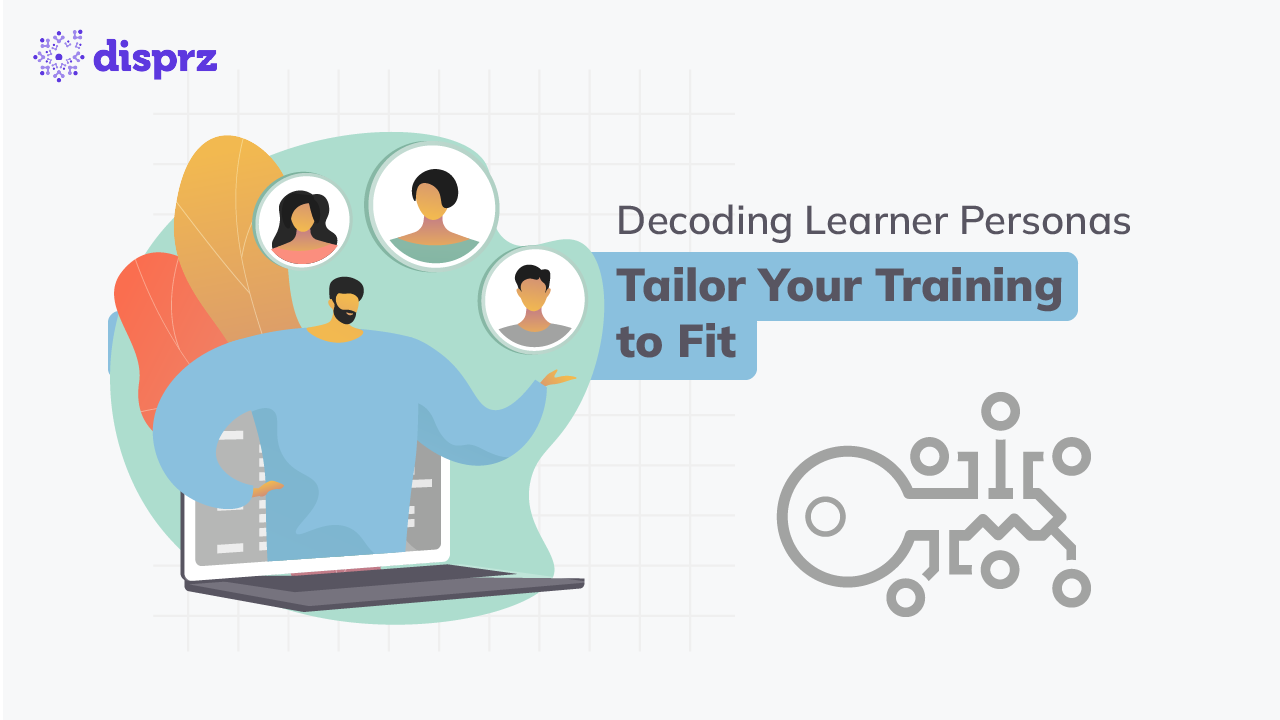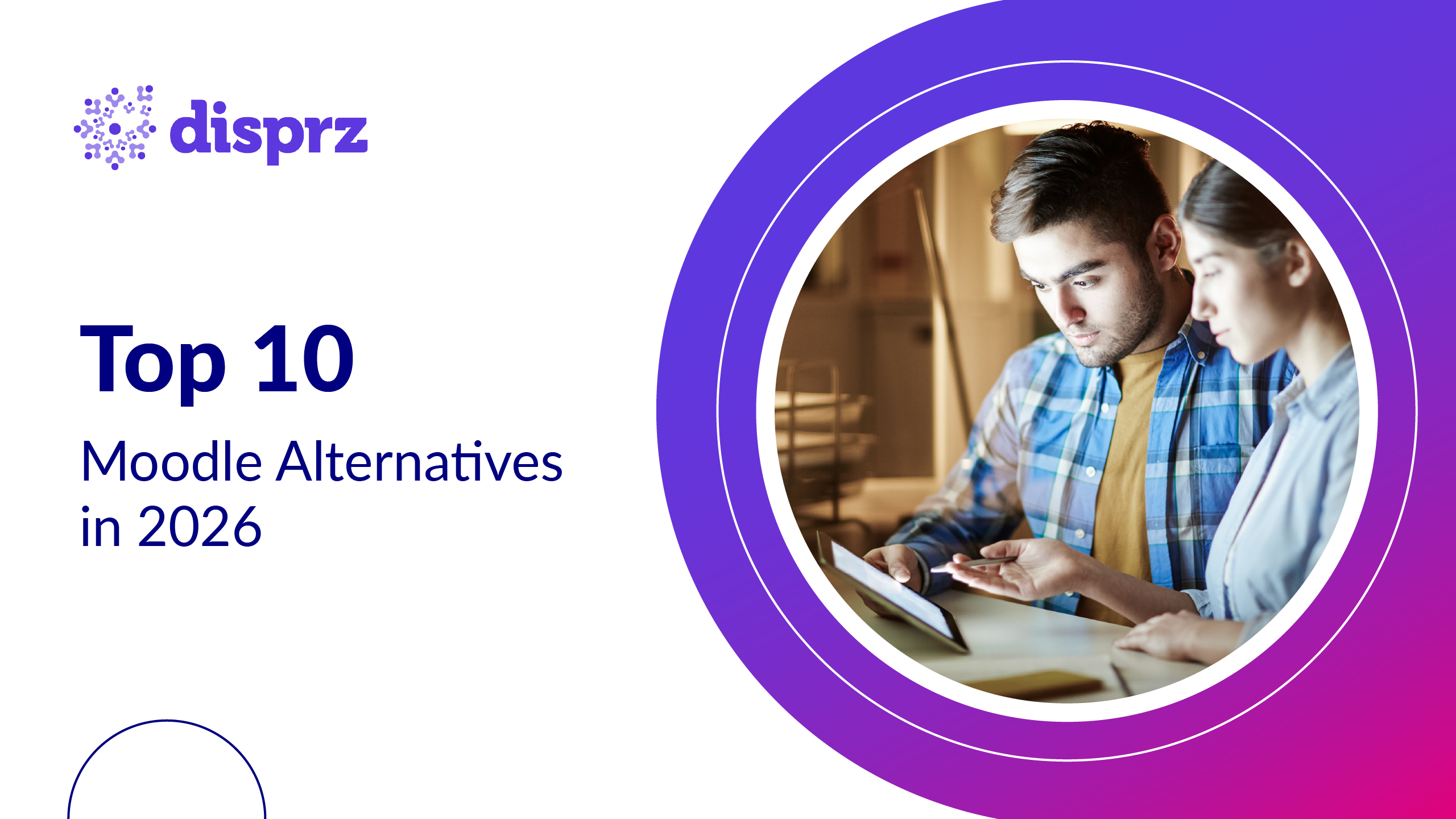The concept of an archetype was introduced by the famous psychiatrist Carl Jung in the early twentieth century. Jung believed archetypes to be shared concepts – universal patterns in human behavior which form a part of the collective unconscious. While Jung formally called them archetypes, they were based on the work of many prominent psychiatrists and philosophers before him, going all the way back to Plato.
Today, the concept of archetypes has evolved and has dominated the field of user-centric design in product development and marketing. Quite recently, many instructional designers have borrowed from marketers’ playbooks and started creating learning interventions on the basis of archetypes.
As an L&D professional, you would have heard of this term, along with another one called “learner personas”. These two terms are often used interchangeably, but they are not the same.
Personas vs Archetypes
Many people think personas and archetypes are the same thing, but they are not interchangeable. Archetypes represent user behavior and general characteristics. Personas, on the other hand, are fictitious people with specific attributes created on the basis of data about the end user.
In other words, an archetype can be a general guideline about the end user’s behavior, and personas would be you assigning specific fictitious attributes to that end user such as a name, age, gender, qualification, life story, etc.

Archetypes are general guidelines on how a user behaves. Personas are a set of archetypes that one person could exhibit.
Let’s understand this better by looking at a few examples of archetypes. These examples are just indicative and in no way representative of all learner archetypes.
Explorer: Those who want to learn new things to explore alternative career options.
-
Age: Majority between 22-35.
-
Career: Working professionals.
-
Gender: 65% men, 35% women.
-
Location: City dwellers across Asia, Europe, and North America.
-
Learning Needs: Quick, self-paced, online courses, available on the go. CaCareer advancement is the main goal.
Hobbyists: Those who want to learn new skills for pastime or leisure.
-
Age: Majority above 55 and largely retired.
-
Gender: 50% male-female ratio
-
Location: Suburbs, primarily in Europe but present in North America and Asia as well.
-
Learning needs: Regular courses that they can join easily, face-to-face where they can meet new people and gain more hands-on experiences. Leisure and enjoyment are the main goals.
Based on these two, you can come up with different personas. One could be Advancing Anita.
-
27-year-old woman of Indian origin
-
Has an undergraduate degree in Engineering and a Master’s in Business Administration
-
Single, dates whenever possible but usually restricted by her tight schedule
-
Settled in New York
-
Works for a Fintech startup
-
Uses the subway to commute – prefers studying during her commute
-
Conversant with technology
-
Leads an extremely busy life, doesn’t have time to go to class regularly
Another persona could be Wise William.
-
62-year-old British male
-
Worked at a factory for 30 years and retired recently
-
Has a wife, two children, and one grandchild
-
Lives in Windsor with his wife
-
Not very comfortable with technology, but great with people and handyman skills
-
Has a lot of free time
These are two possible personas you could come up with based on the archetypes given earlier. The learning intervention that you’d design for these two would be quite different because they belong to different archetypes.
Every learning designer will be able to come up with a different persona for their end user. But why go through this activity in the first place?
Personas as a Learning Tool
Personas are a great tool to help a diverse set of learning designers empathize with the end user. By giving your end user a choice of fictitious name and specific attributes, learning designers can make the learning intervention close to the learner’s heart and make the training most appropriate for that specific person.
With the advent of AI and the use of chatbots in learning solutions, personas can actually be of great help. Consider you’re deploying an AI-powered chatbot in your learning intervention. Having a detailed learner persona will help you tailor the chatbot such that the learner responds to it best.
Developing Personas
Before you start developing a persona, you should know why you are creating it in the first place. That is, have a clearly defined goal about what you want to achieve from this exercise. The goal could either be providing a new and improved user experience for the training or inculcating serious cultural changes in your company. Make sure you can answer why you’re doing this before defining what your persona wants.
The purpose of creating learning personas is usually to be able to empathize with your end user. To effectively achieve this, it is not enough to just give your personas a name and a designation, rather truly understand their behavior, needs, and motivations. You should be able to tell a story from your persona’s viewpoint.
To achieve this, the more data you’re able to collect about your end user, the better. There are numerous approaches you can undertake but the most popular ones remain interviewing and observation.
When conducting your research interviews, elicit answers to various why, what, when, where, and how questions. Keep an open-ended questionnaire so that you’re able to obtain more descriptive answers. Some of these questions can be:
-
Why are they interested in learning a certain thing?
-
What tasks do they have to perform?
-
What challenges do they face in their current role?
-
What are their future aspirations?
-
What is a typical day in their life like?
-
Where do they prefer learning?
-
When do they typically prefer learning during their day/week?
-
How much time can they devote to learning?
-
How do they like to learn – alone or in a group?
The purpose of these questions is to understand your learner better and to identify certain attributes that define them. Through these questions, aim to get a deeper understanding of the tasks the learner is required to perform, the areas they face difficulty in carrying out these tasks, their learning style, and what motivates them to learn something.
It’s usually a good idea to give the persona a name that helps you identify their behavior easily – like Laid-back Suzy, Curious George, Reserved Rahim, Know-it-all Martha, etc. You can even consider having a portrait of the persona to give it a more realistic feel.
Remember, the purpose of creating learning personas is to be able to empathize with your learner. When designing learning, it is easy to fall prey to generalizations and stereotypes on the basis of various superficial attributes like generation and seniority. Doing this defeats the whole purpose of creating personas in the first place!
In fact, don’t just stick to one persona but rather create multiple personas. This will help you avoid falling prey to stereotyping and make your learning solution stronger.
Different Learning Personas
FutureLearn conducted research and came up with seven distinct learner personas that frequent their platform – Advancers, Explorers, Preparers, Fixers, Flourishers, Hobbyists, and Vitalizers. These are self-explanatory, and it is easy to identify their characteristics.
But here’s the thing – these personas are very specific to their platform. While there might be some similarities between theirs and the ones that you come up with, they would still be different. This is because learner personas are unique. They tell you the story of the person for whom you are building the training. No two learning platforms will have the same learner personas since the purpose that they serve would be different.
Summing it up: It’s about Creating Experience-Based Learning Intervention!
The purpose of user-centric design is to be able to create products that focus on the end user. Developing learning personas are a great way to ensure your learning intervention is relevant and appropriate for the person it is intended to benefit. It is an end-user-centric process and must be undertaken with that objective.
Be very clear about the objective of creating a persona-centric design so that the exercise remains focused. Using learner personas can elevate your training and make it an absolute joy for your learners. In our increasingly impersonal world, the need for empathy has never been more urgent.










